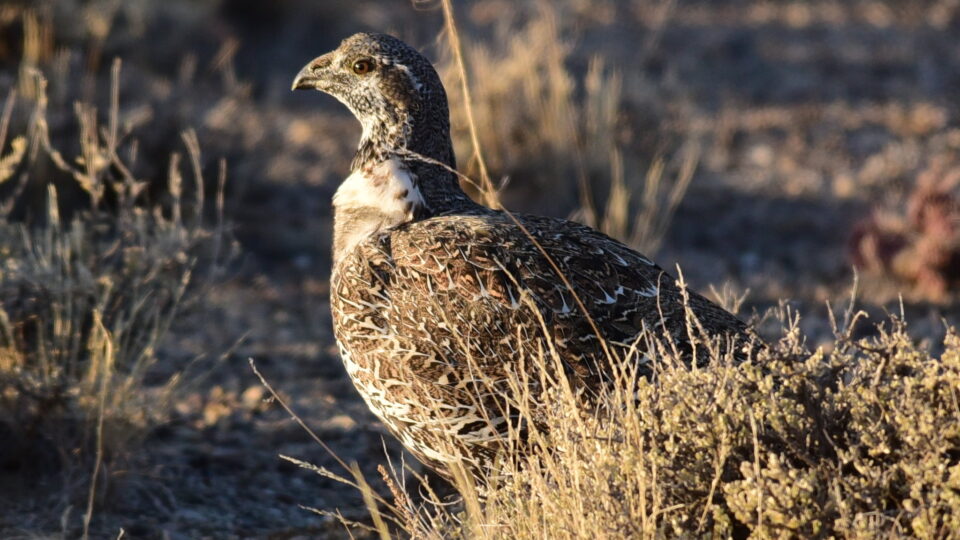The U.S. Committee of the North American Bird Conservation Initiative has published the State of the Birds 2022, an assessment of bird populations in North America. The news is not good. The report identifies 70 Tipping Point species, which are those that have lost half or more of their breeding population since 1970 and are on track to lose another half or more in the next 50 years. According to research published in Science in 2019, the United States and Canada have lost 3 billion breeding birds since 1970, which is about a quarter of the total population.
More than half of the bird species in the United States are in decline. According to the Conservation Initiative, the tipping point species in particular require proactive conservation protections to avoid becoming endangered. Species that inhabit grasslands are declining more rapidly, while waterfowl like ducks and geese are actually increasing. That increase is most likely a result of the investments in conservation funded by the hunting industry.
Those waterfowl gains demonstrate that when there are concerted efforts to protect and promote bird populations, positve changes can happen. Some say that protecting birds is not a high priority given all the other crises in the world, but what is good for birds is also good for people. For example, planting trees and other vegetation to enhance bird habitat also helps to sequester carbon, protect coastlines from storm surges, increase groundwater recharge, and reduce urban heating effects.
The loss of 3 billion birds is a major biodiversity crisis and requires action. Bird conservation benefits wildlife, people, entire ecosystems, and our planet.
**********
Web Links
Photo, posted November 4, 2020, courtesy of Tom Koerner/U.S. Fish and Wildlife Service via Flickr.
Earth Wise is a production of WAMC Northeast Public Radio

